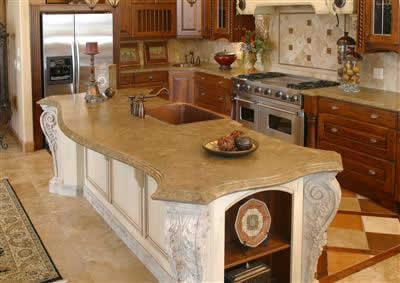
Figure 1 - Concrete counter top in kitchen
Picture courtesy of Stone Passion
The best way to determine the correct hydration of a batch of concrete is to perform a slump test. For the test, you’ll need a slump cone, a tamping rod and a flat surface, as shown in Figure 2.

Figure 2 - Slump cone, tamping rod and flat surface
Note: A slump cone can be purchased or rented from most construction equipment rental facilities.
How too use the slump cone:
- Moisten the inside of the slump cone and put it on a smooth, level surface such as a moist piece of plywood or a concrete slab.
- Fill the cone one-third full with concrete from the mix. Tamp this concrete in the slump cone exactly 25 times with a tamping rod measuring 5/8 inches in diameter and 24 inches long. Do not use rebar for tamping. Correct tamping is obtained by running the rod up and down in the concrete so it completely fills the cone and is free of air pockets.
- Fill the cone with a second layer of concrete, until the cone is 2/3 full, and tamp the layer so the tamping rod penetrates but doesn’t go all the way through the first layer of concrete.
- Add more concrete to the cone until the cone is slightly overfilled and tamp this layer of concrete in the same manner as step 3.
- Scrape off the excess concrete from the top of the cone.
- Slowly lift the cone away from the concrete.
- Put the cone beside the concrete but not touching it. Rest a straightedge, such as a level across the cone and measure the distance down to the top of the sample, as shown in Figure 3.

Figure 3 - Performing a slump test
A good mix for finished architectural concrete should have a slump of 4 inches with water reducer added. If you’re working in very hot, dry conditions or if the mold has lots of intricate shapes around which the concrete must flow smoothly, you may want a slightly wetter mix with a slump of 4 1/4 or 4 1/2 inches, keeping in mind that the more water in the mix, the higher the risks of cracks.
